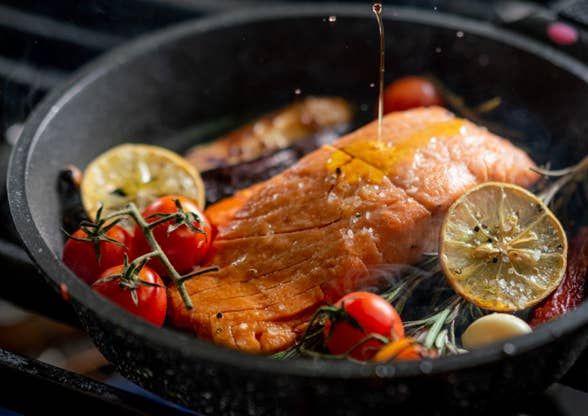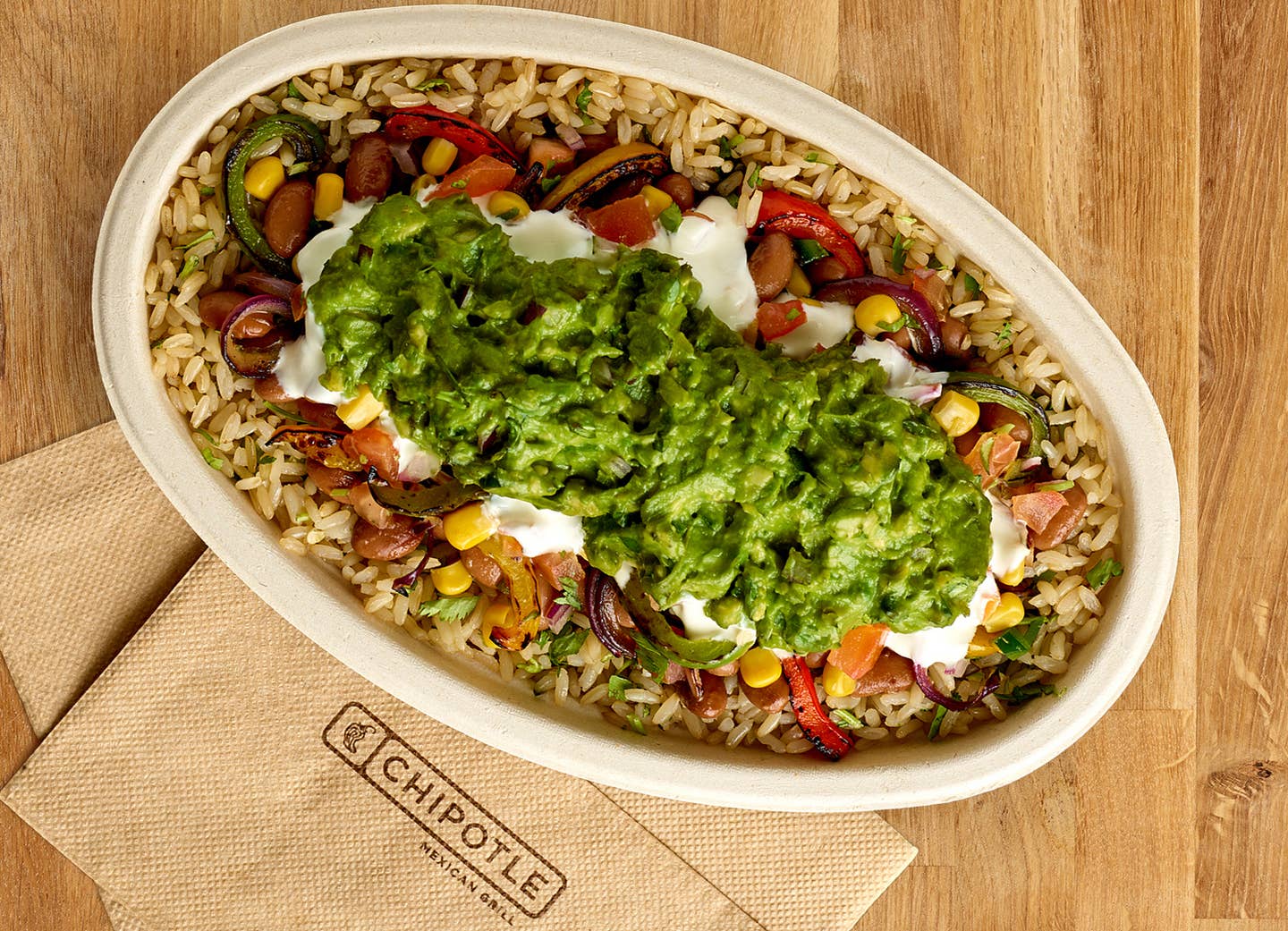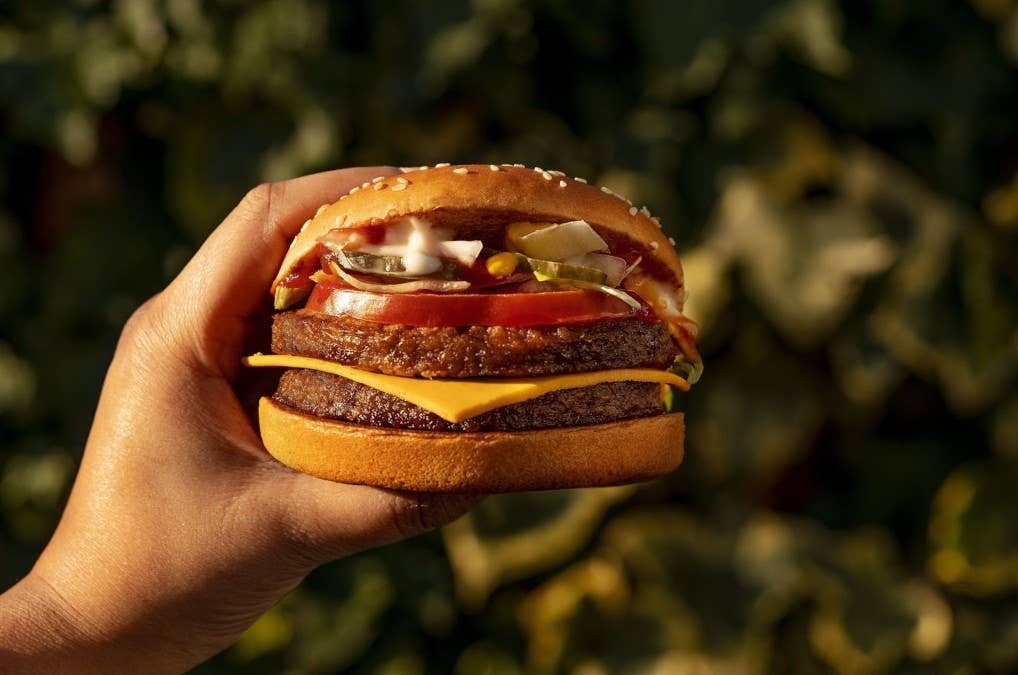
The First Vegan Salmon Fillet Will Be Available Soon: Here Are the Details
For years, vegan seafood has remained on the fringes of the plant-based industry, but now, recipe developers and food tech companies are placing their bets on plant-based alternatives. The Israeli food-tech company Plantish just unveiled its first vegan whole-cut salmon fillets, the first plant-based seafood alternative of its kind. Launching just six months ago, Plantish dedicated its production capacities to creating a substitute to the second most eaten fish in the world to cut down unnecessary fishing and excessive environmental toll.
“We exist to save the oceans and eliminate the need to consume marine animals by providing more sustainable, more nutritious, and more delicious fish options,” Co-founder and CEO of Plantish Ofek Ron said. “Our vision is to be the world’s leading seafood brand, all without hurting a single fish.”
Following a $2 million dollar investment from TechAviv Founder Partners, the food tech company rapidly situated itself at the forefront of the plant-based market. Alongside the venture capital firm, 33 unicorn founders and several angel investors participated in the funding package, including Michelin chef Jose Andres and the vlogger Nuseir Yassin.
Plantish announced that the investment and support allowed for it to create the plant-based salmon with expediency, not only replicating the taste but also perfecting the texture and structure of the salmon. The company aims to protect the oceans while also providing consumers with a healthy seafood alternative. Plantish’s whole cut salmon contains legume proteins and algae extracts to boost its nutritional content.
The vegan salmon fillets will consist of the same nutritional value as conventional salmon, complete with a high protein count and filled with omega-3’s, omega-6’s, and B vitamins. Plantish distinguishes its product by ensuring it is free from mercury, antibiotics, toxins, and microplastics that are commonplace in conventional seafood.
Beyond the nutritional content, the biggest obstacle for plant-based seafood has been replicating the structure. Plantish employed a team of entrepreneurs, chemists, and bioengineers to create its proprietary technology that successfully imitated convention salmon structure. While the technology is awaiting a patent, the additive manufacturing technology is what discerns Plantish from its competitors.
While current valuations of the global seafood market reach up to $586 billion, Plantish joins ranks of fellow vegan innovators in the campaign against the fishing industry. The global plant-based seafood industry is expected to rise at exponential rates over the next decade, predicted to reach $1.3 billion by 2031. Plantish believes that the first step to tackling the rising environmental concerns arising from the fish farming industry is to present consumers with an enticing vegan alternative.
“We are driven by the Plantish way,” the start-up explains on its website, “all of us share the same vision and passion and know that only if we work together, we will change the world.”
Plantish expects to guide the plant-based seafood industry into the future by replicating whole-cut seafood options. The net-zero emissions company is setting the standard for plant-based seafood and the entire fish market, drawing attention to the dangers of global fish farming. Awaiting its commercial debut, Plantish will host pop-up locations later this year and plans to officially launch its vegan whole-cut salmon by 2024.
Plant-Based Salmon Takes the Stage
Plantish is not the only vegan brand undercutting the salmon industry. Plant-based seafood brand Good Catch just launched its first-to-market Plant-Based Salmon Burgers. Founders Derek and Chad Sarno launched the vegan brand to help protect the oceans, drawing attention to the downsides of the global salmon industry. By creating plant-based salmon using a six-plant protein blend (chickpeas, fava beans, lentils, navy beans, soy, and peas), Good Catch’s plant-based burger ranks among one of the top plant-based seafood products to be commercially released with 16g of protein.
“Culinary innovation is at the forefront of everything we create at Good Catch and this new salmon will be an absolute game-changer in the market that boasts incredible flavor and texture,” Co-Founder and Chief Culinary Officer at Good Catch’s parent company Gathered Foods Chad Sarno said in a statement. “We are excited to see consumer response to our Plant-Based Salmon Burgers, which provides a convenient meal solution without the harm.”
As a pioneer in the plant-based seafood sector, Good Catch is paving the way for vegan brands worldwide. Currently, the company offers a wide selection of vegan seafood including Plant-Based Fish Fillets, Fish Sticks, Crab Cakes, and its signature shelf-stable Plant-Based Tuna. The vegan salmon burgers will be available at retailers across the United States and through the company’s website.
Top 10 Sources of Plant-Based Protein According to a Nutritionist
1. Seitan
Protein: 21 grams in ⅓ cup (1 ounce) Seitan isn’t as popular as other proteins, but it should be! Made from wheat gluten, its texture resembles ground meat. It’s often used in pre-made veggie burgers or meatless nuggets. Seitan has a savory taste, like mushrooms or chicken, so it works well in dishes that call for an umami flavor. With a hearty texture, seitan can be the star of practically any vegan main dish. Add it to stir-fries, sandwiches, burritos, burgers, or stews. Like tofu, seitan will take on the flavor of any marinade or sauce.
2. Tempeh
Protein: 16 grams in 3 ounces If you like a protein with a bit of bite, add tempeh to your list. Made from fermented soybeans, tempeh has a slightly nutty flavor and is pressed into a block. Most varieties include some sort of grains, such as barley or millet. Not only is tempeh a plant-based source of protein, but the fermentation process also creates good-for-your-gut probiotics. You can cut tempeh right off the block and use it as the base for a sandwich or pan-fry it with some sauce. Or, crumble, heat, and make it the star of your next taco night.
3. Lentils
Protein: 13 grams in ½ cup cooked Lentils come in multiple varieties--red, yellow, green, brown, black. Regardless of the type lentils are small but mighty nutritional powerhouses. They pack a good amount of protein as well as iron, folate, and fiber. When cooked, brown lentils retain their texture and can be the base for a grain bowl or make a hearty substitute for ground meat in meatballs, lasagna, tacos or Bolognese. Red lentils are a bit softer and make a nice add-in for a hearty soup, chili, or stew.
4. Hemp Seeds
Protein: 10 grams in 3 tablespoons Hemp seeds are a tender and nutty seed, derived from the hemp plant. They contain good amounts of omega-3s, iron, folate, magnesium, phosphorus, and manganese. They are also a solid source of both soluble and insoluble fiber, which helps to keep your digestive tract healthy and humming. Because they pack a double whammy of protein and healthy fats, hemp seeds can help satisfy hunger, preventing those embarrassing stomach growls as you slog your way to your lunch break. Add them to your morning smoothie or sprinkle them on top of yogurt, oatmeal, or even a salad.
5. Tofu
Protein: 9 grams in 3 ounces (⅕ of a block) Made from coagulated soybeans, tofu is the most popular plant-based protein. Soy is one of the only meatless "complete" proteins, meaning that it contains all of the essential amino acids that the body can’t make but needs for muscle and immune function. With 15% of your daily calcium needs, tofu is also a good replacement for dairy.
6. Edamame
Protein: 9 grams of protein in ½ cup This sushi appetizer is a nutrient powerhouse, so eat it anytime. Edamame is really just another name for soybeans in their pods. Let’s list off some stats--a small ½-cup serving of edamame has 9 grams of protein, 15% of your daily vitamin C, 10% of your daily iron and 16% of your daily fiber. Keep a bag of edamame in your freezer to serve as a fun-to-eat side dish or opt for the shelled variety to toss into salads or a grain bowl.
7. Quinoa
Protein: 8 grams per cup (cooked) Quinoa is an ancient grain and since it's gluten-free a great choice for anyone avoiding gluten. Add it to your burger recipe to create filling texture, or instead of meat in your taco or burrito. Quinoa is among the healthiest foods on the planet, delivering phytonutrients that have anti-inflammatory qualities, so keep it in your pantry for any meal that needs a filling grain. Just remember to soak it and rinse before cooking to get rid of any bitter taste.
8. Black Beans
Protein: 7 grams in ½ cup (canned) Eating beans on the regular might as well be a prerequisite for a plant-based diet. Not only are canned black beans inexpensive, but they also contribute 10% of your daily iron and 25% of your daily fiber to your diet. For less than $1 a can, beans can be the star of tacos, quesadillas, salads, soups, burgers, or dips.
9. Amaranth
Protein: 6 grams in ⅔ cup (cooked) Chances are you’ve never cooked amaranth. But you should, since this tiny, gluten- free grain is packed with almost 30% of your daily fiber and 20% of your daily iron. Cook it like a traditional grain to yield a soft, porridge-like texture. Many people add amaranth to other a hot breakfast cereal mixture, like oats and quinoa. It also pops like popcorn. Toss it in a pot with some oil and wait for it to pop up into a nutritious snack.
10. Peas
Protein: 5 grams in ⅔ cup If peas were one of your most hated veggies as a kid, it’s time to give them another chance. These green beans are a great low-calorie protein to keep in your freezer. Sure, they don’t always taste great when steamed or microwaved (who wants to eat mushy, overcooked peas?), but they do blend well into a yummy puree that can be slathered on toast. To amp up the flavor, add some lemon juice or mint to your mix before you blend.
More From The Beet






